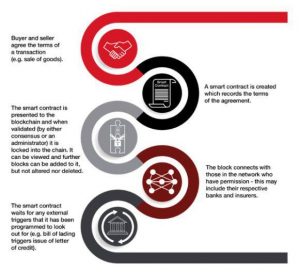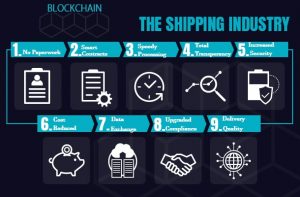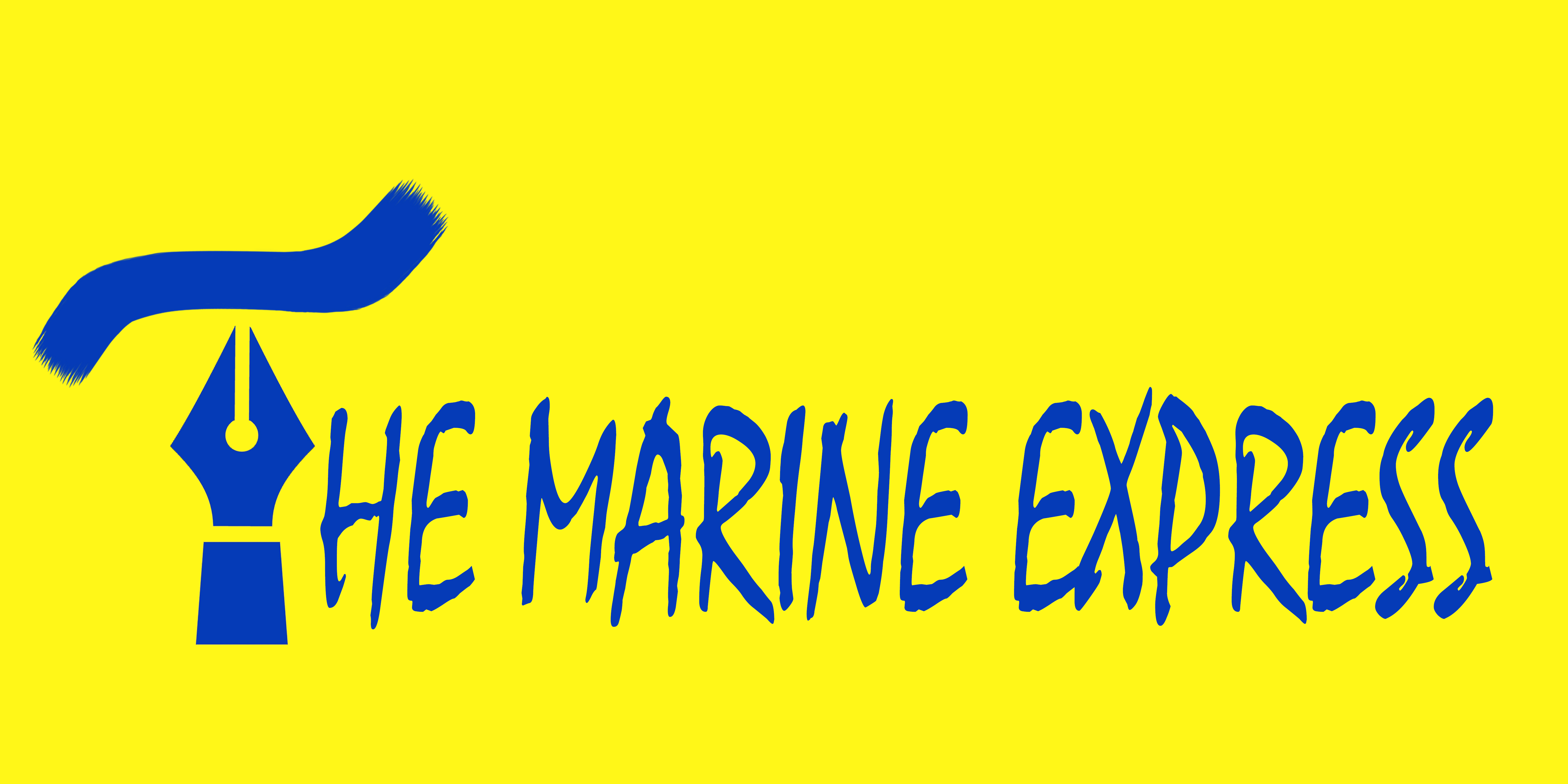Regardless of the steady technological transformations in the shipping industry, it still relies heavily on traditional processes. Most shipping transactions several documents, including charter party agreements, sales contracts, bills of lading, letters of credit, port documents, and many more.
They move through numerous hands as cargo makes its way from its point of origin to its final destination, and keeping track of all that paperwork is seemingly difficult. The whole process is extremely time-taking, and vessels mostly arrive at discharge ports prior to the arrival of certain important documents.
In an attempt to simplify and modify the current feeble processes, the shipping industry has taken some insights from a remarkable source: bitcoin. Bitcoin was the first ever digital currency and payment system that revolutionized the financial market. A technology known as “Blockchain” is a fundamental constituent of how the bitcoin payment system functions, and it has the potential to transform the shipping industry.
The Blockchain Technology
The blockchain technology has stroked the shipping industry in a major way as numerous shipping companies are looking forward to make information flow systematic and smoother across the business categories and making trade-related office procedures swifter by raising its efficiency.
The challenges for exercising the technology, considering industry standards, meeting regulatory beliefs as well as the rise of a leading blockchain technology platform, the shipping industry members need to be prepared for the blockchain technology as the technology is arriving and companies need to be duly ready to be able to take benefit of this game-changing technology.
Big shots, Maersk and IBM enforced blockchain to the shipping industry and found that the transit time of a shipment of packaging materials to a production line in the United States could be lessened by 40%, avoiding thousands of dollars in cost.
Blockchain is a digital ledger used to record transactions where in the old data cannot be modified. It is based on an open-source, peer-to-peer software program that is completely decentralized. It ensures that every recorded transaction abides by all network rules. Once the data has been stored in a block, it cannot be modified or deleted unless the majority of the network accepts the revision or deletion request. This makes it almost impossible for the hackers to hamper. It also prevents future criminals who are working within the supply chain from altering sensitive information.
How Does Blockchain Work?
Imagine a large network of computers that all share the same file. The network is designed to update the file on a regular basis. Adding a transaction on one machine will naturally add it to the file on the other computers. The network also confirms all the copies of these files against each other to ensure each is correct. There is no centralized file that can be hacked and changed. If one of the files is modified the verification process will catch and fix the error unless the change is approved by the majority of the network.
While originally used to enable safe financial transactions between various parties without the need for an intermediary like a bank, blockchain acts as a decentralized, secured, and encrypted ledge that has potential for use in numerous industries. In the shipping industry, the use of blockchain could eliminate the seemingly endless paperwork and result in greater efficiency and more streamlined processes.

Eliminate Paperwork
One of the most promising part of blockchain for the shipping industry is its potential ability to eradicate the paperwork and going paperless. The buyers and sellers of cargo, charterers, banks, ship owners, port authorities, customs agents, and other parties with access to private and public keys could connect with each other, store and exchange data, complete transactions, securely exchange payments and more without need to worry about keeping track of stacks of paperwork.
Smart Contracts
The blockchain could also lead to “smart contracts” to the shipping industry. The contract that endure in the form of a computer program can be said as smart contracts. The program runs and it’s self-executed in blockchain and automatically implements the terms and conditions of any existing agreement among the involved parties. Charter-party and bill of lading terms and conditions are a standard part of the program, and they cannot be modified by the parties involved in the contract. This allows the charterer or the owner to negotiate the price or the cargo directly within the blockchain network. Earlier such smart contract was not viable as the parties in the agreement needed to keep separate databases.
Speedy Processing
Blockchain’s software code also allows for the automation of tasks that are usually handled manually as the dispatch of the mails is a time taking affair. This automation assists to provide real-time updates to the parties who have approach to the ledger.
Total Transparency
The information is stored in a location that may be viewed by anyone with the necessary access key. This assures total transparency to all members. Making it accessible to perform counter-party risk evaluations as everyone has access to all of the transactions previously performed by every party. Thus improving the visibility the blockchain provides an persuasive means for connecting customers, carriers, orders, and payments in real-time.
The transparency of the blockchain software knock out the need to rely on phone calls, emails, etc. for status updates.
Increased Security
The documents carried by mail are viable to security breaches. It may fall into wrong hands and situations, and thus can be extremely dangerous. The blockchain, encrypts all the information adding a strong layer of security. This insulates the market from document manipulations and fraudulent activity. Be it a shipping drum or corrugated box, it is tracked at every step.
Cost Reduced
Documentation is one of the expensive part of the shipping industry. There is also the risk of loss and damage with the paperwork. The errors or conflicts cost shipping partners money and result in delays. Blockchain technology provides information that allows shippers, customers, etc. to track the location of shipments, resulting into the saving of money by preventing loss, theft, and damage to products while in transit.
Modernized Data Exchange
As cargo makes its way through the supply chain from its point of start to its ultimate destination, it leaves behind a path of hard copy and electronic documents. Each document serves its own financial, legal, or regulatory purpose, but the way it is presently being shared is not efficient. Blockchain technology allows all of this data to be broadcasted in a regulated and secure manner.
Upgraded Cargo Carrier Compliance
In past the shipping and cargo industry was highly regulated and developed absolute standards for EDI, rating, and documentation. But, these days the industry is better known for its breach of standards. Making it difficult for new carriers and shipping companies to open into the market because it needs proprietary integration with various systems to automate ratings, tracking, and manifesting. E-commerce is now driving the demand for faster new delivery methods, including same-day couriers. The market is more than ready for big changes in the shipping industry, and blockchain could provide the new technology standard needed to reduce complexity while improving compliance and the integrity of shipping transactions.

Improved Delivery Quality
There are time when shipments are damaged or lost while in transit. It has a major impact on how customers observe the shipping company. Blockchain has the capability to provide better asset management for customers by allowing them to see accurately where their cargo is at all times. Shipping customers may review company transactions and blockchain information to view the certificate of origin from the manufacturer to assure that quality materials were used in the production of the products. They can also review documentation from the distributor to see events in the logistics chain. Blockchain data can also be used to determine where the supply chain process was unsuccessful in the event of a problem. This digital technology allows customers to hold shipping companies liable for broken or missing products. It also makes it accessible for customers to make more informed decisions regarding their supply chains to ensure improved delivery quality and maximum efficiency.
Conclusion

Although the technology is new and extensive implementation has not started in the shipping industry. The blockchain has the potential to entirely transform the shipping industry. It has the power to eradicate paperwork to enhance efficiency and reduce costs. It also enhances transparency and makes it smooth for all members involved in the supply chain to communicate and view important information. The current systems used by the shipping industry are largely obsolete and are not enough for the needs of today’s global economy. Blockchain technology, however, could inspire new life into the system and make it much better for businesses tangled in all aspects of the shipping industry.


































